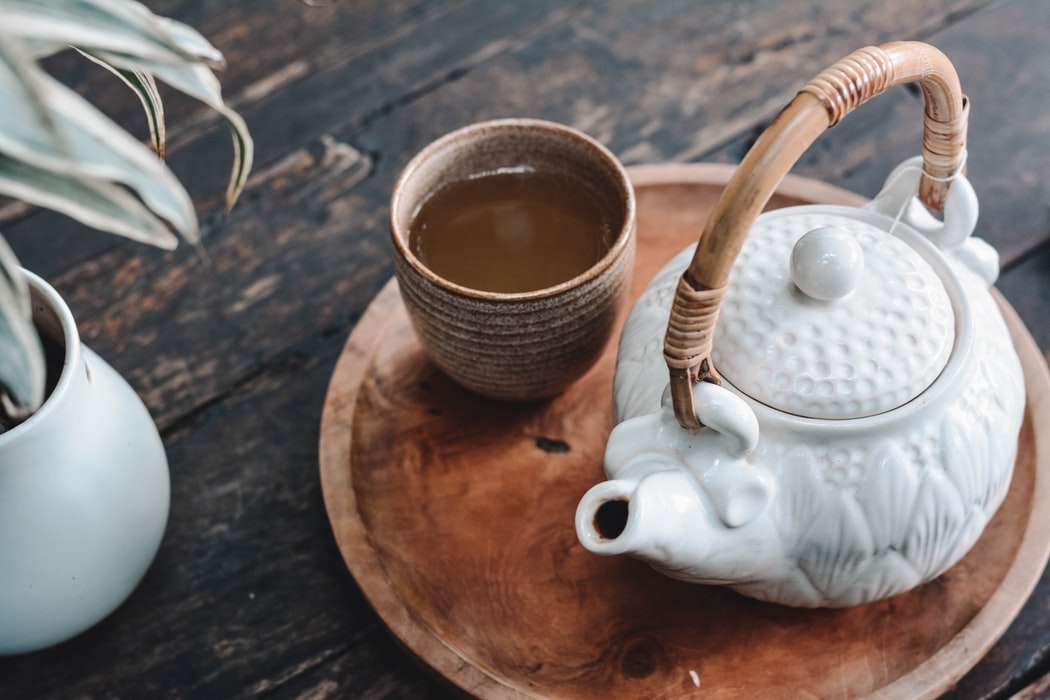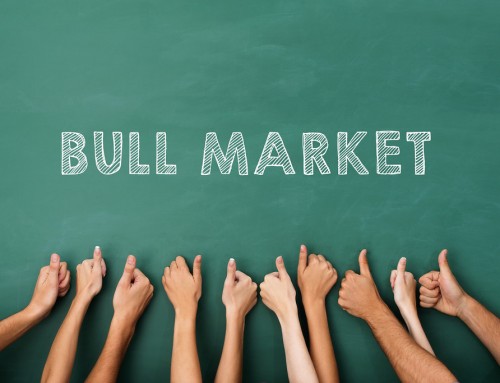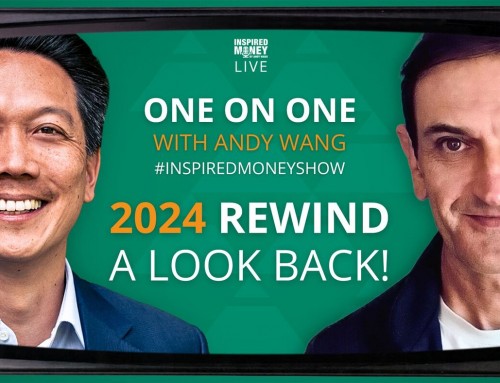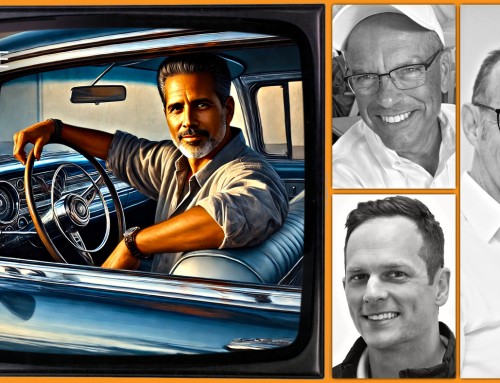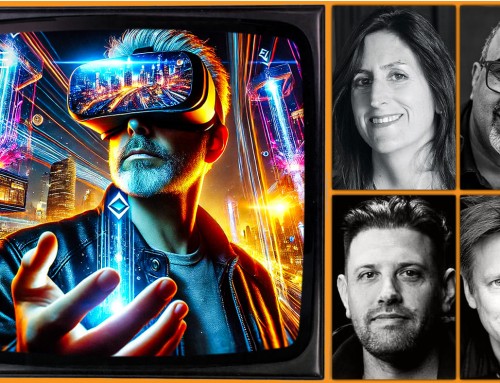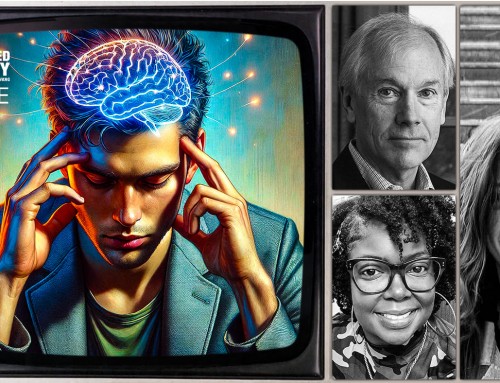Starbucks is making waves as it opened its first Teavana Fine Teas + Tea Bar on Madison Ave in New York City last week. Should investors take notice? A most resounding yes! Starbucks has transformed the way Americans drink coffee and you have to listen closely when CEO Howard Shultz states, “We'll do for tea what we've done for coffee.”
The biggest challenge for Starbucks' Teavana will be changing the way American's consume tea. While tea is in 80% of US households, approximately 85% of tea consumed in America is iced. The other issue is that less than 10% of teas consumed are loose leaf which is Teavana's area of specialty. Shultz likely believes that he can change consumer behavior with a high quality tea and better overall experience in his tea bars.
Why is tea an exceptionally exciting opportunity? For one, the only thing that people around the world drink more of than tea is water. It is a huge market estimated at $90 billion globally. With similar statistics to coffee, over 50 percent of Americans drink tea on a daily basis. In addition, tea's health benefits are boosting its popularity and growth. Finally, tea tends to have a higher gross margin than coffee.
For these reasons, it is no surprise that Starbucks bought Teavana last year for $670 million, and it is clear that Shultz has a much bigger vision than its original management team. Following its New York tea bar launch, a second Teavana Tea Bar will open in Seattle around Thanksgiving. The company plans to add tea bars to the existing 300 Teavana stores, and Shultz hopes to open at least 1,000 new locations in North America over the next 5 years. Imagine being able to catch the original Starbucks growth story in 1971. This may be your chance with Teavana.
We will follow this story very closely as it could add another huge growth leg to an already consistent Starbucks growth story.
What makes Starbucks a Kerchunker® company:
- Recurring Revenue
While customers aren’t obligated to buy Starbucks by long term contract, it is a fact that coffee drinkers generate repeat business. According to PBS, more than half of all Americans over the age of 18 drink coffee daily. On average, US coffee drinkers consumer 3.5 cups a day! The company serves over 70 million customers per week globally.
- Stickiness
Starbucks has highly loyal customers as the company has focused on selling an experience over a simple cup of coffee. It’s not about the coffee but everything else – the furniture, the art, free wifi, the music, socially conscious programs and the barista who writes your name on a cup. The experience warrants not only a premium price but brand loyalty. Nearly 25% of US transactions are on the Starbucks Reward program.
- Efficient Use of Capital
Starbucks had net cash of $1.5 billion at the end of 2Q 2013. It generates huge cash flows which affords it the ability to not only to grow its business but also buyback shares and pay over a 1% dividend yield.
- Entrepreneurial
CEO Howard Shultz joined Starbucks in 1982 when the chain had only four stores. Today there are over 18,000 retail locations. The company continues to innovate with tea (Teavana), food (Le Boulange baked goods) and juice (Evolution Fresh).
- Scalable Growth
While many analysts questioned the company’s ability to grow abroad, it now has over 7,000 retail locations internationally. China will be its 2nd largest market outside of the US in 2014. and the Asia Pacific accounts for 15% of new store openings in 2013.
header photo from Unsplash
By
